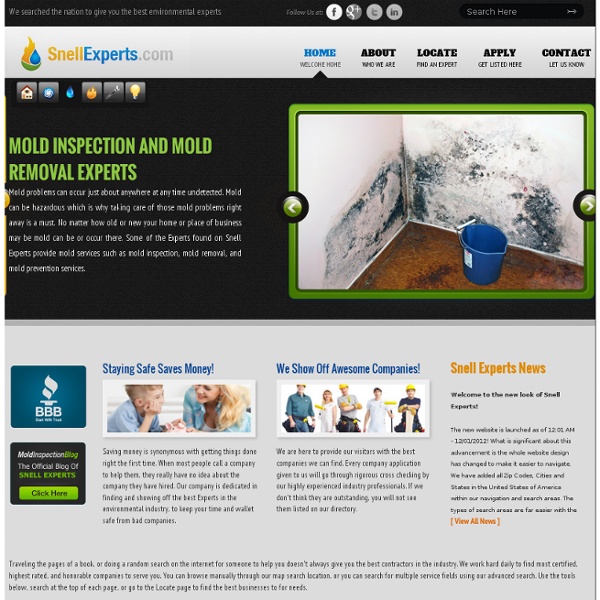



Mold Cleanup, Mold Inspections, Mold Remediation, Water Damage Repair, Certified - Executive Restoration, LLC Mold - General Information: Facts about Stachybotrys chartarum and Other Molds I heard about "toxic molds" that grow in homes and other buildings. Should I be concerned about a serious health risk to me and my family? The term "toxic mold" is not accurate. While certain molds are toxigenic, meaning they can produce toxins (specifically mycotoxins), the molds themselves are not toxic, or poisonous. Hazards presented by molds that may produce mycotoxins should be considered the same as other common molds which can grow in your house. There is always a little mold everywhere - in the air and on many surfaces. In 2004 the Institute of Medicine (IOM) found there was sufficient evidence to link indoor exposure to mold with upper respiratory tract symptoms, cough, and wheeze in otherwise healthy people; with asthma symptoms in people with asthma; and with hypersensitivity pneumonitis in individuals susceptible to that immune-mediated condition. . A common-sense approach should be used for any mold contamination existing inside buildings and homes. Top of Page Summary
A Brief Guide to Mold, Moisture, and Your Home | Mold and Moisture | US Environmental Protection Agency EPA 402-K-02-003, Reprinted September 2010 (PDF, 20 pp, 1.4 M, About PDF) Una Breve Guía para el Moho, la Humedad y su Hogar (PDF) (11 pp., 1.28 M, disponible en PDF). Documento de la agencia EPA número 402-K-03-008, reimprimido el 2010 de mayo. "Mold Remediation in Schools and Commercial Buildings" (PDF, 56 pp, 1.6 M) [EPA 402-K-01-001, reprinted September 2008] Order publications from EPA's NSCEP. This Guide provides information and guidance for homeowners and renters on how to clean up residential mold problems and how to prevent mold growth. We would like to thank Paul Ellringer, PE, CIH, for providing the photo of mold on the back of wallpaper in the Hidden Mold section. Please note that this document presents recommendations. Mold Basics The key to mold control is moisture control. Why is mold growing in my home? Mold growing outdoors on firewood. Molds come in many colors; both white and black molds are shown here. Molds are part of the natural environment. Magnified mold spores
Mold Mold Removal and Cleanup Tips and techniques The tips and techniques presented in this section will help you clean up your mold problem. Professional cleaners or remediators may use methods not covered in this publication. Please note that mold may cause staining and cosmetic damage. It may not be possible to clean an item so that its original appearance is restored. Fix plumbing leaks and other water problems as soon as possible. United States Environmental Protection Agency Mold facts Mold may live indoors or outdoors and thrives in damp, warm, and humid environments. What is mold? Molds are various types of fungi that grow in filaments and reproduce by forming spores. The most common types of household mold that are found indoors include Cladosporium, Penicillium, Alternaria, and Aspergillus. Molds reproduce by forming tiny spores that are not visible to the naked eye. Outdoors, molds play a role in the decomposition of organic matter such as dead trees, compost, and leaves.
Mold - General Information - Basic Facts What are molds? Molds are fungi that can be found both indoors and outdoors. No one knows how many species of fungi exist but estimates range from tens of thousands to perhaps three hundred thousand or more. Molds grow best in warm, damp, and humid conditions, and spread and reproduce by making spores. Mold spores can survive harsh environmental conditions, such as dry conditions, that do not support normal mold growth. What are some of the common indoor molds? CladosporiumPenicilliumAlternariaAspergillus How do molds affect people? Some people are sensitive to molds. In 2004 the Institute of Medicine (IOM) found there was sufficient evidence to link indoor exposure to mold with upper respiratory tract symptoms, cough, and wheeze in otherwise healthy people; with asthma symptoms in people with asthma; and with hypersensitivity pneumonitis in individuals susceptible to that immune-mediated condition. [PDF - 2.52 MB]. Where are molds found? How can people decrease mold exposure? .